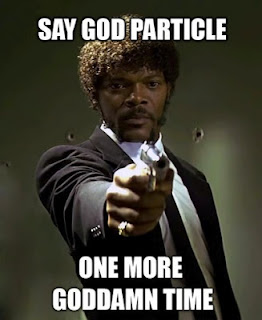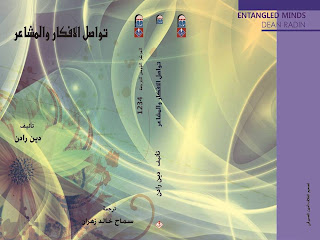Presentiment update
I was interviewed for a TV program on premonitions by ABC News 20/20. It will be broadcast on Friday October 26, 2012, and then afterwards the entire show can be seen on the ABC website . Update (10/28/12): The broadcast program was completely different than what I had been told it would be by one of the producers. Someone at ABC News apparently thought there was too much science on the program, and as a result the show was dumbed down to the point where the content ranged between outright stupid and ridiculously silly. This page on the ABC site makes the show newsworthy because it reports on "Evidence of Premonitions Discovered in New Study." This title refers to a meta-analysis of presentiment experiments published in the journal Frontiers in Perception Science by Northwestern University neuroscientist Julia Mossbridge, University of Padova psychologist Patrizio Tressoldi, and University of California Irvine statistician Jessica Utts. What...


